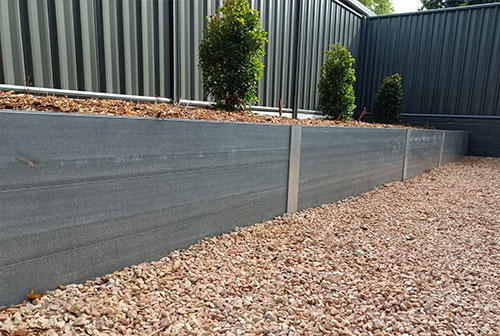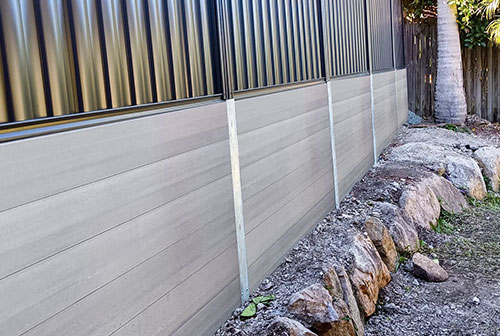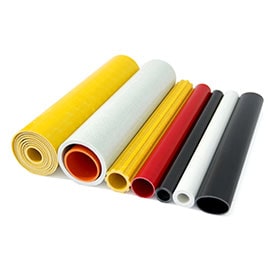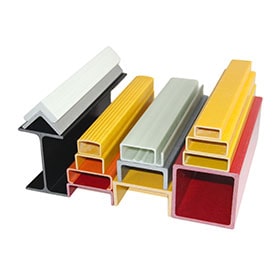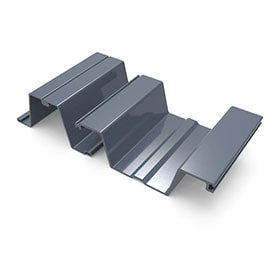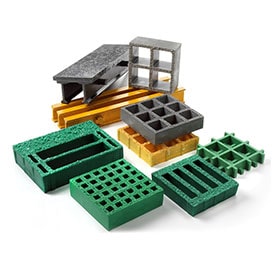Retaining walls are crucial structural components used to hold back soil or other materials, preventing them from sliding or collapsing. They are commonly employed in various applications, including landscaping, infrastructure development, and erosion control. Traditionally, concrete has been the go-to material for retaining wall construction. However, in recent years, FRP (Fiber Reinforced Polymer) composite retaining walls have emerged as a viable alternative, offering several advantages over conventional concrete retaining walls.
FRP Composite Retaining Walls:
FRP composite retaining walls are constructed using FRP bars, which are embedded in a resin matrix. FRP bars are made from high-strength fibers, such as glass, carbon, or aramid, bonded together with a polymer resin. This combination of materials imparts exceptional strength, lightweight, and corrosion resistance to FRP composite retaining walls.
Concrete Retaining Walls:
Concrete retaining walls are constructed using concrete, a composite material composed of cement, sand, gravel, and water. Concrete is known for its compressive strength and durability, making it a popular choice for retaining walls.
Comparison of FRP Composite Retaining Walls and Concrete Retaining Walls:
| Feature | FRP Composite Retaining Walls | Concrete Retaining Walls |
| Strength | High tensile and compressive strength | High compressive strength |
| Weight | Lightweight | Heavy |
| Corrosion resistance | Highly resistant to corrosion | Susceptible to corrosion |
| Durability | Long lifespan | Can crack and deteriorate over time |
| Design flexibility | Can be designed in modular sections for easy installation | Require formwork and curing |
| Installation | Easy and quick to install | Labor-intensive and time-consuming installation |
| Environmental impact | Lower environmental impact due to reduced concrete usage | Higher environmental impact due to concrete production |
| Cost | Initially higher cost | Lower initial cost |
Advantages of FRP Composite Retaining Walls:
High strength: FRP composite retaining walls offer high tensile and compressive strength, making them suitable for applications requiring significant structural support.
Lightweight: FRP composite retaining walls are significantly lighter than concrete retaining walls, reducing transportation and installation costs.
Corrosion resistance: FRP composite materials are highly resistant to corrosion, making them ideal for use in harsh environments, such as coastal areas or areas with high humidity.
Durability: FRP composite retaining walls have a long lifespan and are less susceptible to cracking and deterioration compared to concrete retaining walls.
Design flexibility: FRP composite retaining walls can be designed in modular sections, allowing for easy and efficient installation.
Environmental impact: FRP composite retaining walls have a lower environmental impact due to reduced concrete usage and energy consumption during manufacturing.
Disadvantages of FRP Composite Retaining Walls:
Initial cost: The initial cost of FRP composite retaining walls is generally higher than concrete retaining walls.
Bond strength: The bond strength between FRP bars and resin may be lower than the bond strength between steel rebar and concrete, requiring special considerations in design and construction.
Fire resistance: FRP composite materials may have lower fire resistance compared to concrete.
Applications of FRP Composite Retaining Walls:
FRP composite retaining walls are suitable for a wide range of applications, including:
Landscaping: FRP composite retaining walls are commonly used in landscaping projects to create terraces, garden walls, and erosion control structures.
Infrastructure development: FRP composite retaining walls are employed in infrastructure projects, such as road construction, bridge abutments, and retaining walls for railways.
Coastal protection: FRP composite retaining walls are used in coastal protection applications due to their corrosion resistance and ability to withstand harsh marine environments.
Industrial applications: FRP composite retaining walls are found in industrial applications, such as containment walls for hazardous materials storage and retaining walls for industrial machinery.
Conclusion:
The choice between FRP composite retaining walls and concrete retaining walls depends on the specific requirements of the project, considering factors such as load-bearing capacity, environmental conditions, budget, and aesthetic preferences. FRP composite retaining walls offer several advantages over concrete retaining walls, including high strength, lightweight, corrosion resistance, and design flexibility. However, concrete retaining walls remain a cost-effective option for applications where exceptional compressive strength is required and fire resistance is not a critical concern. Consulting with a structural engineer can help determine the most suitable retaining wall material for your project.
 +86 15303735673
+86 15303735673 Jessica@frpzs.com
Jessica@frpzs.com
 Technical Data
Technical Data


